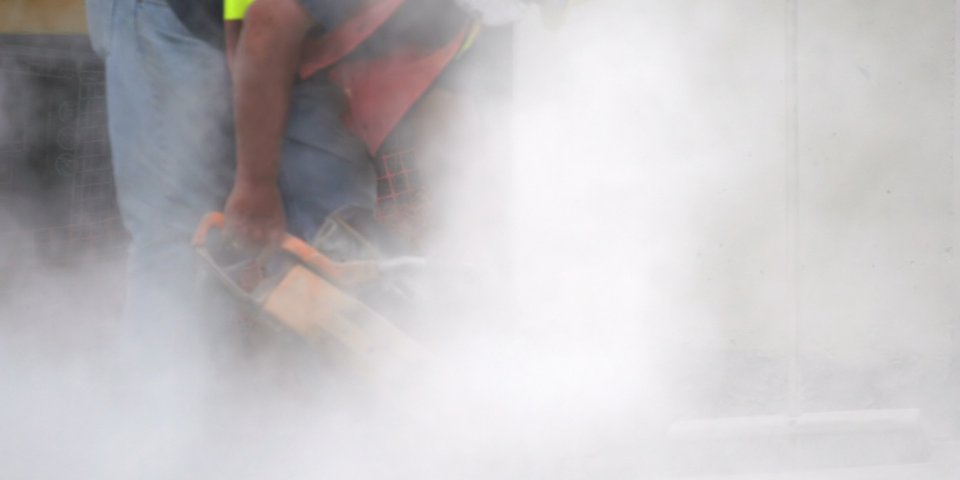 iStockphoto/kozmoat98
iStockphoto/kozmoat98Occupational health risks
Workplace-related cancer in the spotlight on World Cancer Day.
SK – 02/2025
For twenty-five years, 4 February has been
an important date for raising awareness of cancer prevention, research and
treatment. The European Agency for Safety and Health at Work (EU-OSHA) used
this year's World Cancer Day to once again draw attention to the most important results of the workers' exposure survey on cancer risk factors in Europe (WES).
Although WES was conducted two years ago in Germany, Finland, France, Ireland, Spain and
Hungary, the information gathered on the wide-ranging health issues caused by workplace-related
cancer remains relevant. This is also reflected in the fact that the detailed
analysis of the collected results is still ongoing and the final report of WES
is not expected earlier than May 2025.
Special features of the survey
The most common cancer risk factors include
occupational exposure to solar ultraviolet (UV) radiation, diesel engine exhaust,
benzene, respirable crystalline silica and formaldehyde. These findings are not
new. Nevertheless, the data from WES has significant added value compared to
data from other studies. WES is the first to address multiple exposures to
chemical and physical risk factors. It has also included employees such as the
self-employed or workers in micro and small enterprises. They are not normally
taken into account by other studies.
As a result, the findings of WES are
crucial for providing up-to-date and reliable data on workers' exposure to work-related
cancer. On the one hand, they provide information on the particular level of
exposure. For example, respirable crystalline silica, diesel engine exhaust and
wood dust are the most significant risk factors to which a large proportion of
employees are most likely to be exposed. On the other hand, WES also provides
information on the exposure of workers to various risk factors. The data
assessed for the survey relates to the respondents' last working week.
Dealing with cancer risk factors in the EU
The review
of Europe's Beating Cancer Plan, which was also published on World Cancer
Day, emphasises that the implementation of the Beating Cancer Plan is showing
good progress and that the vast majority of measures have been initiated or
implemented. However, if we take a closer look at the achievements in the field
of work-related cancer prevention, we come to a different conclusion. The
European Union has made good progress in the prevention of risk factors in the
workplace. Nevertheless, the most common cancer risk factors are only being
recorded bit by bit.
This can be seen in the latest amendments
to the Carcinogens, Mutagens or Reprotoxic Substances Directive (CMRD), which
sets out minimum requirements for the protection of workers from occupational
risks to their health and safety. The directive already includes diesel engine exhaust,
formaldehyde (both 2019) and benzene (2022), while respirable crystalline
silica is on the list for any future amendments to the CMRD. In contrast, there
are hardly any implemented or planned EU measures on the greatest risk factor
of solar UV radiation.
